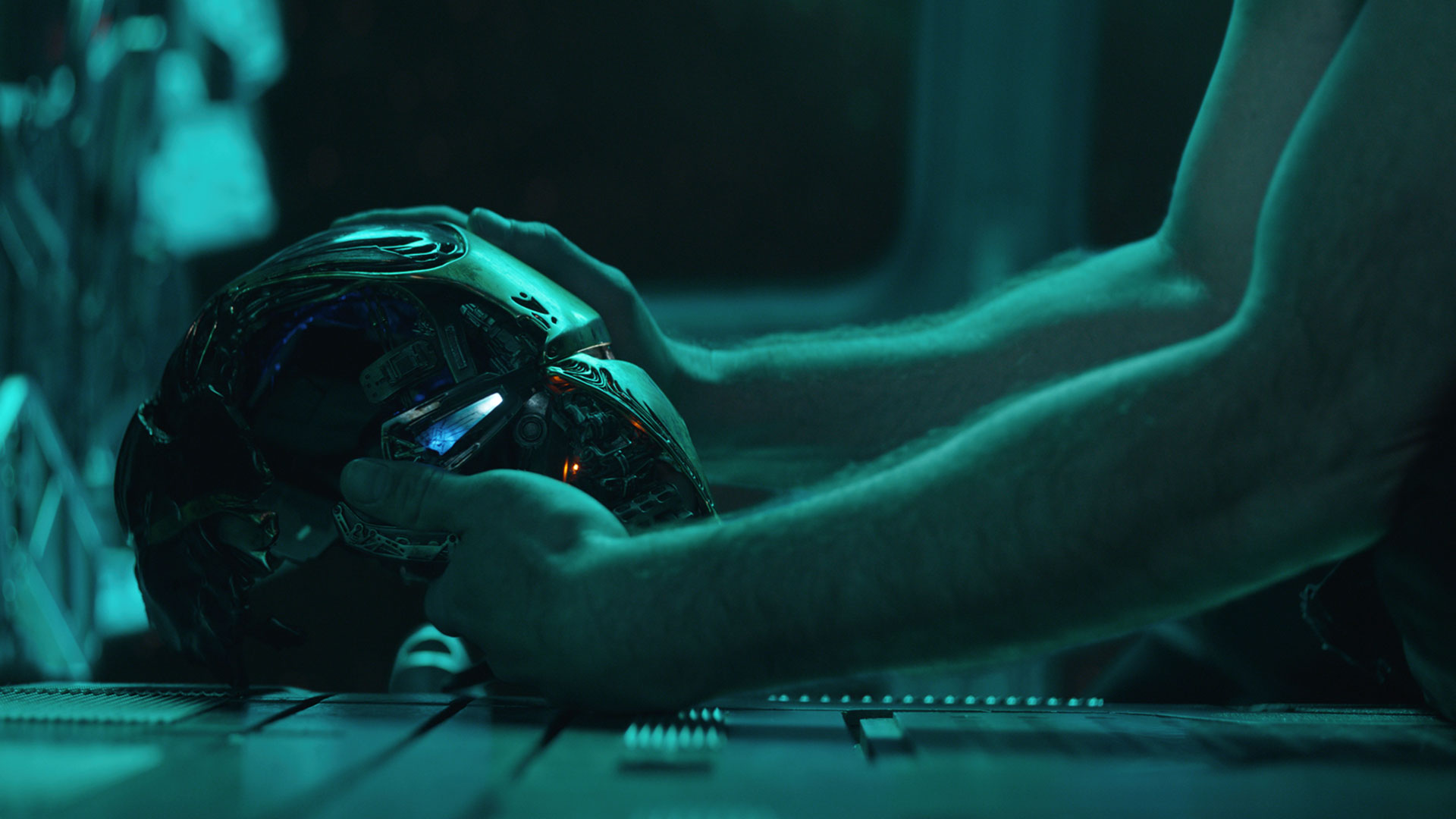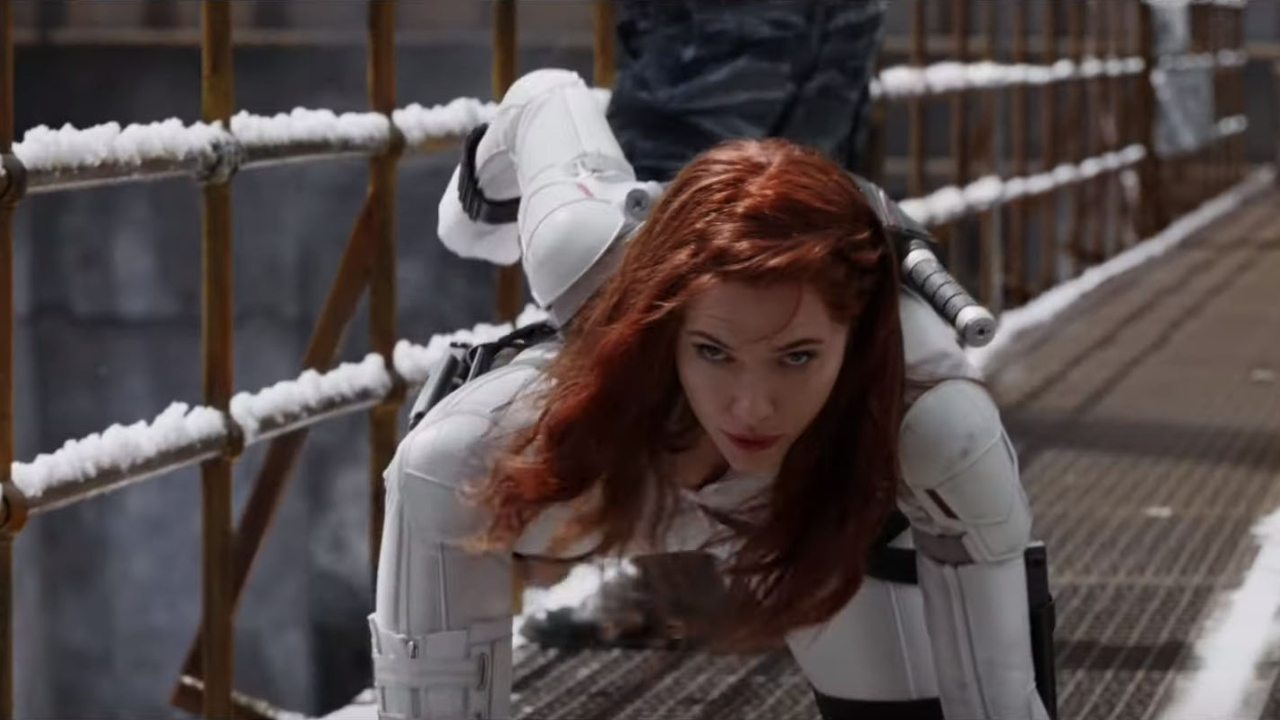Marvel's Phase 4 is the most uncertain the MCU has been since Iron Man – and that’s exciting
Phase 4 is a rare and welcome chance to start over in the MCU

For the first time since its inception, the MCU is on unsteady ground.
Avengers: Endgame not only brought a story arc 22 movies in the making to an end, but also waved goodbye to Marvel Studios’ old guard. Chris Evans’ Captain America hung up his shield, while Iron Man – Robert Downey Jr.’s lovable playboy philanthropist who kickstarted this phenomenon – perished with an “I Am Iron Man” click of the fingers. Black Widow (though returning for a prequel solo movie) has her fate sealed, and even Hulk is lost in a complex battle of movie rights.
Following Endgame, there was no big post-credit teases and Kevin Feige’s grand plans for the next saga have not been revealed. Unfamiliar stories and characters such as Shang Chi and The Eternals are scattered throughout the next few years without a unifying force tying them together. The future of the MCU is, for lack of a better word, uncertain.
Yet, this almost comic book-style reboot of such a colossal cinematic universe could be a perfect opportunity to keep Marvel’s output feeling fresh, as well as building a genuinely, fully-fledged MCU 2.0 out of the ashes (and dust) of the old one – and it all begins with its first major steps into television.

Marvel has a Hulk-sized problem: where does Bruce Banner fit into the MCU now?
Marvel has at least half-a-dozen MCU series in the pipeline at Disney Plus. No longer constrained by the runtime of your average movie, Marvel can tell the stories it wants, how it wants. If Falcon and the Winter Soldier needs eight episodes, WandaVision six, and Loki a multi-season package, then Disney Plus is the right place for it. There are no hard and fast limits anymore.
That’s a transformative prospect. Marvel’s television wing not only allows more narrative depth and a greater amount of world-building, it also means new voices can be heard, and more diverse characters can come to the fore, such as Ms. Marvel, the MCU’s first Muslim superhero.
However, it’s how the upcoming television series will feed into the movies that’s the biggest factor at play here. Instead of painstakingly scattering breadcrumbs across post-credits to help set up the next big event, MCU on TV can do the same thing. WandaVision, for example, is likely to segue into Doctor Strange and the Multiverse of Madness, with Elizabeth Olsen’s Scarlet Witch poised to appear in both.
Bringing all the latest movie news, features, and reviews to your inbox
Post-credits, once Marvel’s big trademark swing for the fences to help set up years’ worth of storylines, could perhaps then be used to help elevate the fledgling, nascent series that are springing up in Phase 4. These tags can act more like what we saw with Spider-Man: Far From Home and its shocking progression of Spidey’s own personal story. That makes them seem like a bigger deal, instantly hooking fans primed for a sequel, and can stop the (admittedly rare occasion) where Avengers-centric post-credits can overshadow entire movies. I’m looking at you, Ant Man and the Wasp.
A Marvel-ous future

In fact, making each Phase 4 entry more distinct and separate from other Marvel entries can actually help, not hinder, the diverse selection of upcoming movies. Whisper it, but Marvel may have also taken a glance over at DC’s roster for inspiration, insomuch as realising that not everything needs to connect.
Sure, a Big Bad will eventually emerge in this shared world, but The Eternals, Shang-Chi, and Florence Pugh’s probable emergence as Black Widow need to stand on their own two feet and show off what they bring to the MCU, not what the MCU adds to them. It’s a smart, if undeniably risky, move to open with that relatively unknown trio, yet it speaks volumes of Marvel’s desire to forge new franchises. Instead of returning to the tried and tested formula that led some naysayers to have the opinion that Marvel Studios is nothing more than comic book movies made by committee, there’s suddenly the expectation of something inherently new.
The changes and departures from Phases one through three don’t stop there. Even the older characters that are returning have had their status quo shaken up in a big way.
In the Multiverse of Madness, backed by Sam Raimi, Doctor Strange will step into the realm of horror, a welcome genre-specific introduction in a cinematic universe that has already seen great success with political thrillers (Captain America: The Winter Soldier) and apocalypse movies (Avengers: Endgame).
Similarly, Thor, too, will find his usual place in the story shifted. In fact, he won’t even be the only Thor in his own movie. Thor: Love and Thunder will see Natalie Portman’s Jane Foster return with her very own Mjolnir. Both characters either fundamentally changing their dynamics or stepping aside so someone else can have the spotlight is indicative of a Phase 4 that is shunning repetition in favour of using the older characters as a means to try slightly more inventive ways of bringing comic book movies to the masses.
Marvel’s Phase 4, then, is uncharted territory for a studio that can seemingly roll out a billion-dollar hit without breaking a sweat. Gone are the box-office mainstays and, in their place, are a handful of new characters, new twists on familiar faces, and even a new medium in television. Kevin Feige and company have to start from Ground Zero once more. It’s scary, sure, but most of all it’s a tantalising challenge waiting to be met: a creatively invigorating, ambitious slate filled with diversity, fresh stories just waiting to be told, and a blank space ahead of them. Just like it was back in 2008.
I'm the Senior Entertainment Writer here at GamesRadar+, focusing on news, features, and interviews with some of the biggest names in film and TV. On-site, you'll find me marveling at Marvel and providing analysis and room temperature takes on the newest films, Star Wars and, of course, anime. Outside of GR, I love getting lost in a good 100-hour JRPG, Warzone, and kicking back on the (virtual) field with Football Manager. My work has also been featured in OPM, FourFourTwo, and Game Revolution.



